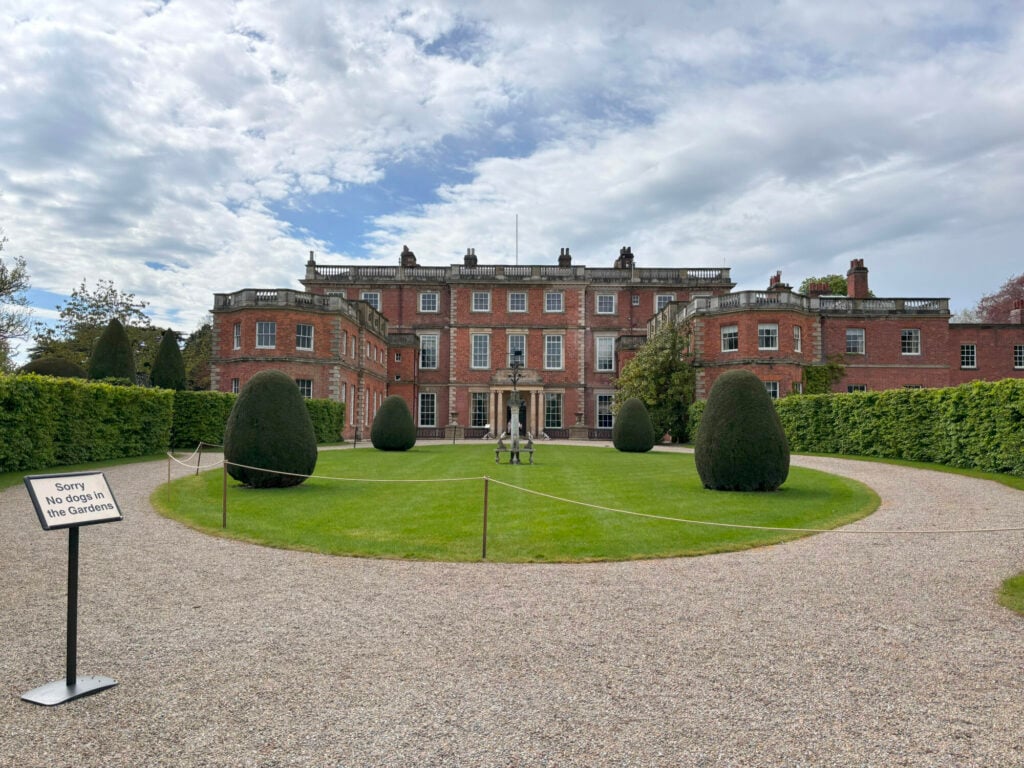You’d be forgiven for thinking that the following was a line from Downton Abbey, the ITV series set on a fictional North Yorkshire estate: The hall passed to Lord Grantham in 1792, and was later inherited by his daughter, Lady Mary. Yet, it is in fact a small footnote in the rich history of Newby Hall, an exquisite Christopher Wren designed country house, with elegant interiors by the most renowned neoclassical architect of his day, Robert Adam, as well as furniture by Thomas Chippendale. Located 3 miles southeast of Ripon, the hall in actuality is the rumoured inspiration for Downton, the most successful British costume drama in history.

Sited immediately south-west of the village of Skelton in a bucolic landscape bounded by the River Ure, Newby has made an idyllic setting since the medieval era. Occupation of the land goes back to the 13th century, when the Nubie family owned much of the area. By the 17th century, it belonged to Sir Jordan Crossland who sold it to Sir Edward Blackett in 1689—and it was Sir Edward who sparked construction of the estate after demolishing the Crossland’s old manor house by the river.
What Blackett created was a Wren masterpiece, of three storeys in red brick, so architecturally splendid that noted diarist Celia Fiennes opined that it was ‘the finest house… in Yorkshire’. But it was William Weddell, to whom the house was sold in 1748, who is credited with turning it into what we see today. Another man inspired by the aesthetic delights he encountered on his Grand Tour of Europe, he returned with a heaving collection of sculpture, and set about creating the ultimate environment to showcase his finds. He commissioned renowned local architect John Carr to add two east wings to Wren’s earlier house as well as saw to reconstructing much of the central block, while Adam designed a great showcase for his sculpture: a statue gallery.
The next owner was the notable Thomas Robinson, the 3rd Lord Grantham, and the first president of the Royal Institute of British Architects (RIBA), who also made several additions. It was his daughter, Lady Mary, who married Henry Vyner of Gautby, who can be thanked for one of the great highlights of High Victorian Gothic architecture: the estate church of Christ the Consoler located in Newby’s grounds, designed by William Burges in 1871. Her reason for its commission was truly tragic. Lady Mary’s son, Frederick, was held hostage and killed on an expedition to Marathon in Greece. Grief-stricken, Mary used the money allocated for his ransom to build two parish churches in his memory: Christ the Consoler at Newby and St Mary’s over at Studley Royal.